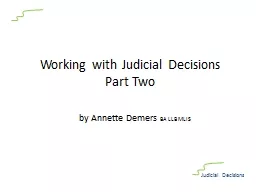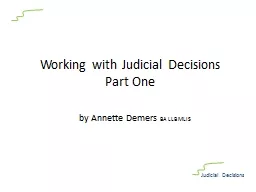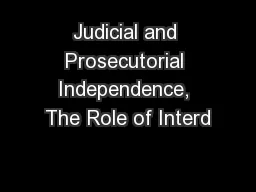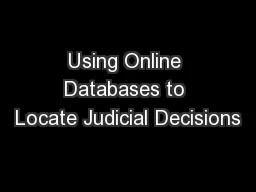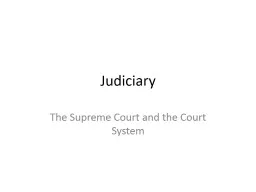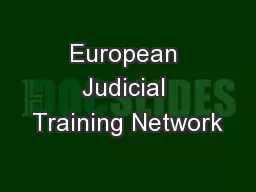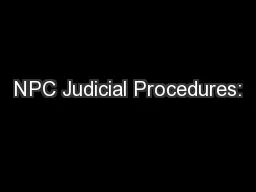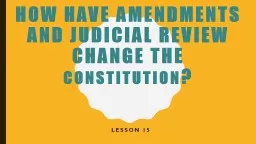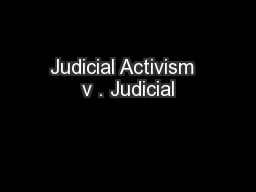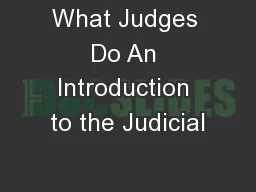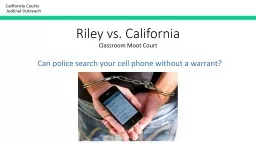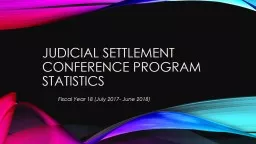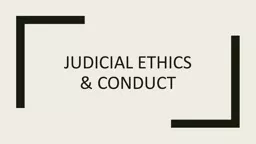PPT-Working with Judicial Decisions
Author : briana-ranney | Published Date : 2017-06-01
Part Two by Annette Demers BA LLB MLIS Judicial Decisions judicial decision public record majority are unreported only found at the registry office Judicial
Presentation Embed Code
Download Presentation
Download Presentation The PPT/PDF document "Working with Judicial Decisions" is the property of its rightful owner. Permission is granted to download and print the materials on this website for personal, non-commercial use only, and to display it on your personal computer provided you do not modify the materials and that you retain all copyright notices contained in the materials. By downloading content from our website, you accept the terms of this agreement.
Working with Judicial Decisions: Transcript
Download Rules Of Document
"Working with Judicial Decisions"The content belongs to its owner. You may download and print it for personal use, without modification, and keep all copyright notices. By downloading, you agree to these terms.
Related Documents

